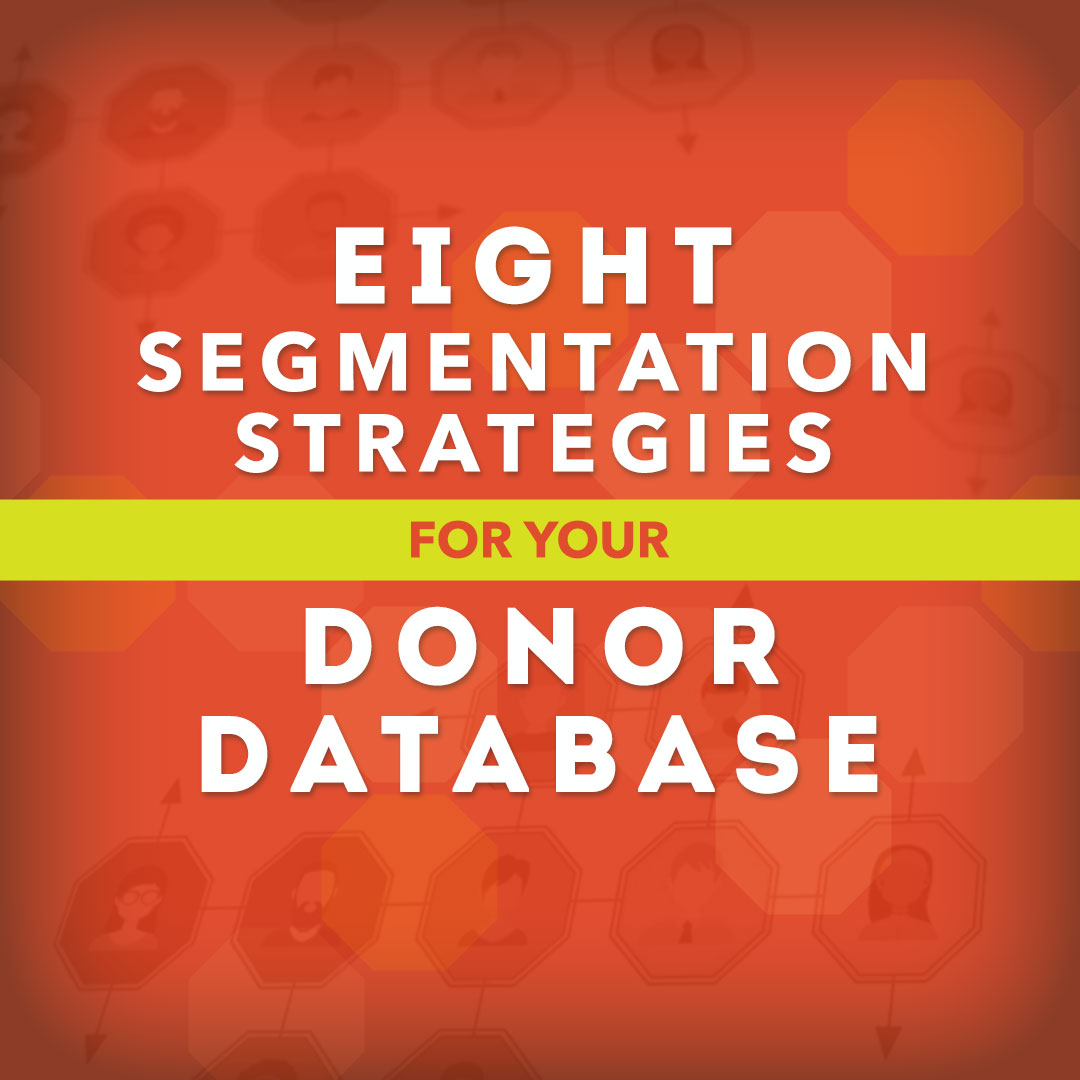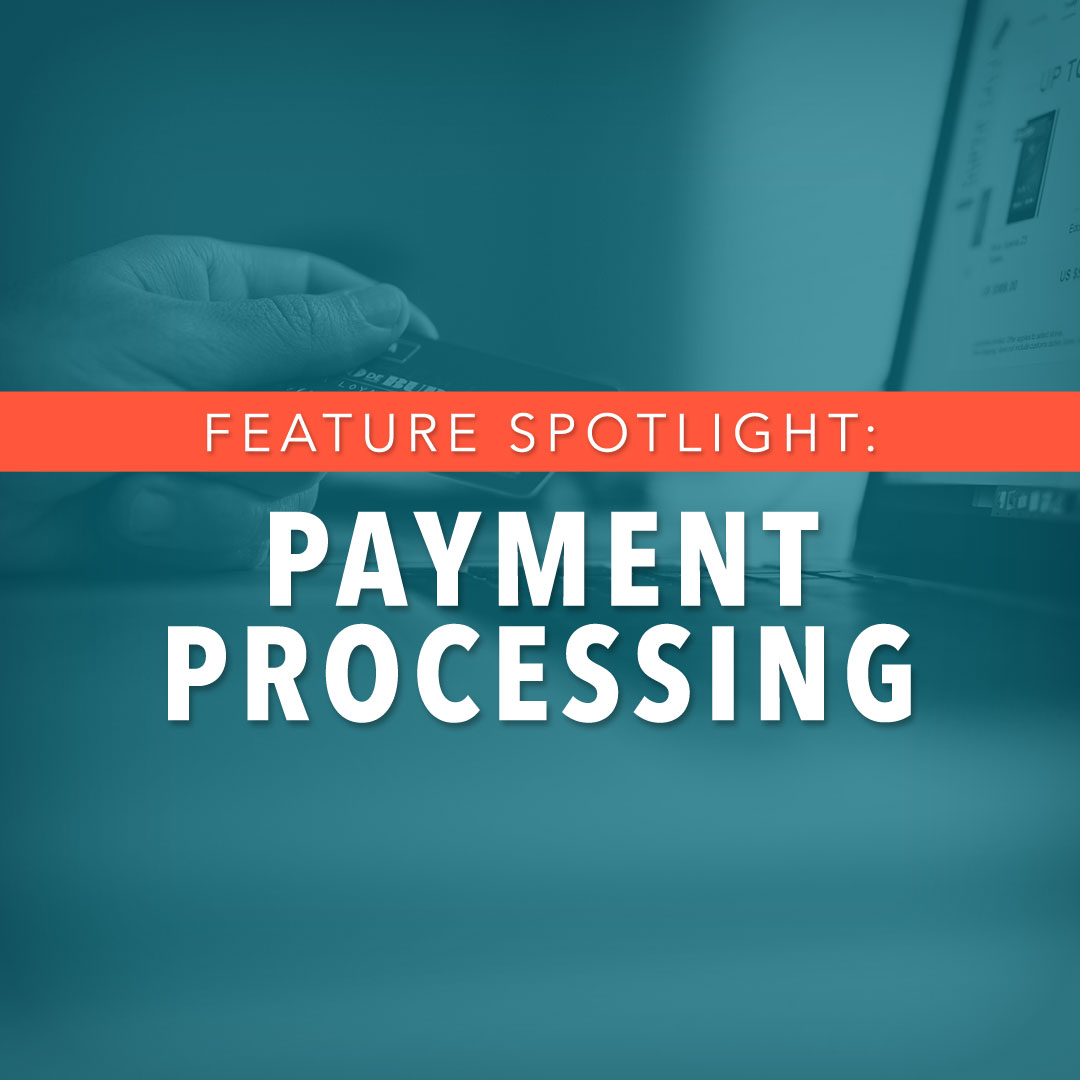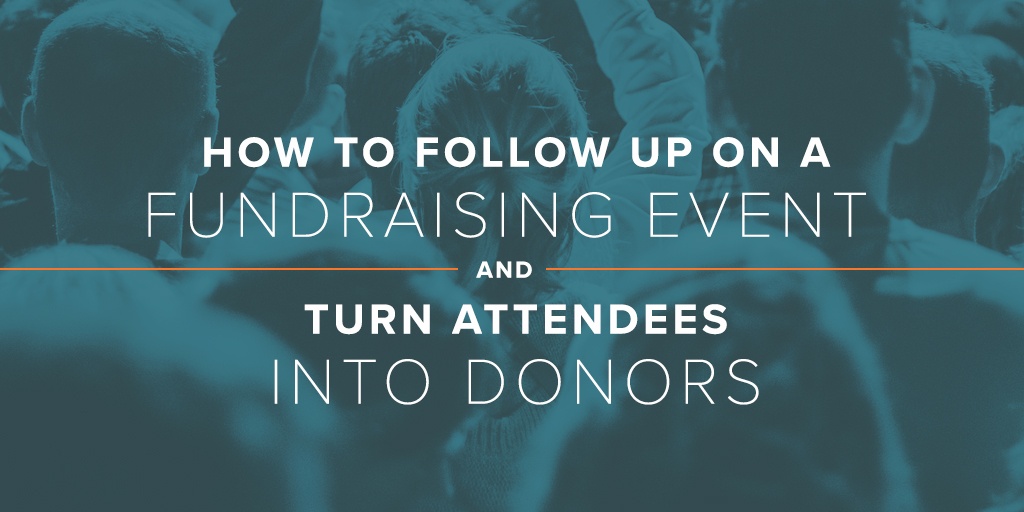The fundraising event is over, and the donations continue to pour in. You’ve got a database full of leads of potential supporters, and a long list of volunteers who are ready to help.
So—now what?
It can be tempting to take a breather after a successful event, especially if months (or maybe years) have gone into its planning and execution, but that’s the exact opposite of what you need to do.
Take advantage of the energy and momentum you’ve gained thus far and follow up right away to grow your donor base even stronger.
Key Steps to Event Follow-up
- Prepare the follow-up tasks while you’re in the planning stages of the event. Designate a follow-up committee as you plan the event. These folks won’t be on the frontlines of event planning, so they will be fresh for the follow-up work.
- Show your appreciation. The follow-up committee members should hand-write thank you notes to all attendees and donors, ideally within 24-72 hours of the event’s end.
- Tell attendees and donors how their participation makes a difference. Right away, begin telling your story of how you’ll use the funds raised. Update your website and newsletter with pictures of the event and then later with pictures of the funds being used.
It’s probably a good idea to follow up with your supporters by segmenting them into three groups. A robust donor development tool, like Donor.com’s software, can help you do this quickly and easily. Sign up here for a free trial.
Existing donors: This follow-up should be appreciation-focused, with special attention paid to how the gift will be used, especially if it’s a substantial one. Be as specific as possible to relate to these long-term supporters and to continue to strengthen those relationships.
First-time donors: This follow-up focuses on appreciation, but it should also have elements of “onboarding.” Give these first-time donors a glimpse into your organization with an introduction (such as a personal note from a key leader) to the breadth and scope of the work you do. Make sure to communicate other opportunities for participation to the first-timers.
New leads who are interested in donating and/or volunteering: This follow-up focuses on cultivating a new relationship and converting these folks into donors. Obviously, engage these people in volunteer opportunities, and invite them to get involved in your organization by subscribing to your blog, following you on social media, and stopping by the office or a work project to learn more and see first-hand what your nonprofit is all about. We’ve got some ideas on this post to help you turn volunteers into donors.
Have you ever heard the expression in the corporate sales world, “the fortune is in the follow-up”? Well, it holds true for donor development, too.
Take care to follow-up thoroughly, and you’ll build a large and lasting donor base.


-1.jpg)







